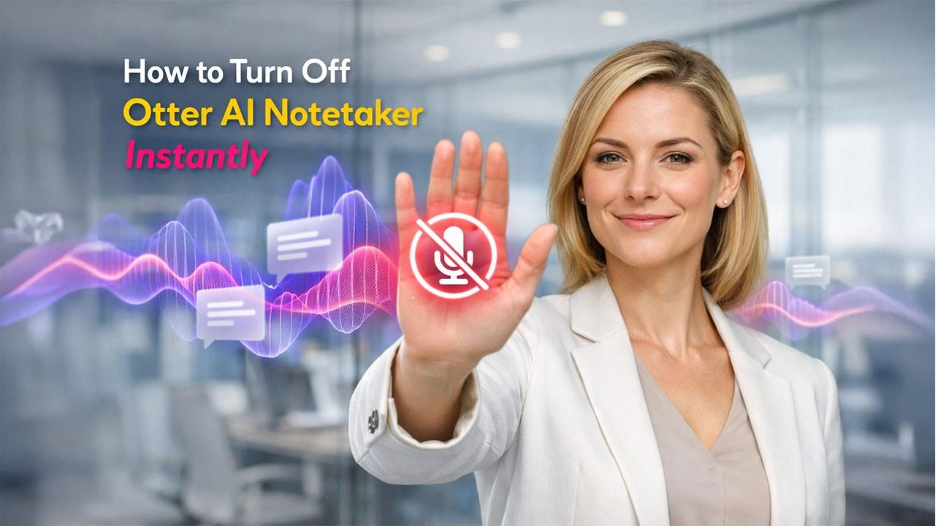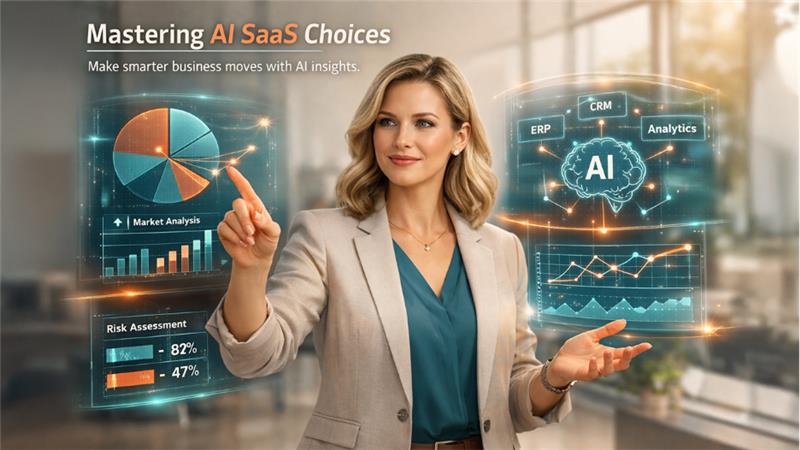In today’s modern digital landscape, IT infrastructure management can be daunting and problematic sometimes. This includes system lagging, network failure, and troubleshooting, wasting the most valuable time. However, it’s crucial to ensure seamless operational workflow while minimising downtime and unnecessary expenses. Seems relatable, right?
Don’t worry—Digital Twins might be the effective solution that can help you out this. This system develops digital clones of physical systems, enabling businesses to get real-time insights and control over their entire IT architectural process. Gartner, a global research and advisory organization predicts that by 2027, various large-scale enterprises will leverage digital twins for enhancing operational effectiveness.
This blog explains how digital twins improve performance tracking, anticipate problems early, and guide through resource utilization. Stay tuned with this guide to ensure don’t miss anything important.
Essential Use Cases of Digital Twins in IT Infrastructure
Digital twins play a crucial role in interconnecting tangible elements to their simulated versions. They used to optimise IT workflows by offering more thorough analysis into system design and framework management.
On-time Performance Tracking
To ensure yourself about the system performance every second, IT crew needs to utilise real-time performance tracking systems. This helps detect slowdowns, systems failures, or abnormal activities before they come to users' attention. Usually, teams need to monitor networks, applications, and servers to take instant preventive steps when problem emerges. For instance, identifying unexpected traffic rises early can help decrease the chance of website downtime.
Most businesses often rely on these monitoring tactics to optimise the efficiency of IT operations. It reduces the system failures likelihood and ensures it works independently. Sensors placed across infrastructure feed continuous data into virtual models of physical objects like servers or routers. “Quick reactions make the difference between a resolved issue and a major outage.”.
Predictive maintenance and issue prevention
Real-time monitoring creates the foundation for predicting problems before they arise. Digital twins evaluate data from tangible objects and ecosystem to detect patterns related to system downtime. By combining multiple circumstances, they identify weak points in the IT infrastructure process priorly.
As system failures requires additional time and resources, but prevention is more crucial than treatment. Virtual allises allow businesses to schedule maintenances depending on genuine conditions than predictions. For instance, the integration of IoT sensors help identify network bottlenecks or reduced server performance issues in advance.
Benefits of Digital Twins in IT Infrastructure Management
Digital twins simplify IT operations by making data clearer and easier to access. They allow businesses to make more informed decisions with reduced resource waste.
Informed Decision-Making through Advanced Data Analysis
Digital twins facilitate advanced data analytics for helping businesses making fast, data driven IT decisions. Sophisticated insights from real-time performance tracking showcase inaccuracies, helping teams to take immediate steps before issues become worsen.
For managers, they can estimate system behaviours using digital clones of physical items, lowering failure risks. Organizations that manage both technical infrastructure and human capital benefit by aligning insights from digital twins with enterprise resource strategies, just as those leveraging Vigilant's HCM expertise do for smarter workforce and IT decisions.
Valuable insights drive better choices, says tech consultant Mark Perris. Effective, real-time monitoring of IT operation streamline resource management and demand forecasting. For example, network data highlight patterns that instruct infrastructure advancement at the right time. This eliminates the need of excessive spends on useless assets or services while keeping the operations efficient.
Enhanced Cost and Resource Utilization
Digital twins allow businesses to save expenses by improving IT processes. They create virtual models of physical objects and systems, allowing teams to test changes without disrupting real infrastructure.
This reduces risks while avoiding costly trial-and-error methods.
Energy consumption also decreases with precise monitoring. Managers can identify inefficient components using digital representations. Addressing such problems minimizes utility bills and extends shelf-life of the equipment.
Management of asset becomes effective as allocation of resources as per the precise data insights.
Effective utilization of resources enhances overall effectiveness of the operations across the complete infrastructure lifecycle. For organizations looking seamless management of systems and additional savings, many prefer outsource IT to 7tech for expert support alongside implementation of digital twin.
Challenges in Executing Digital Twins

Integrating digital twins generally feels like solving a complex puzzle with a few missing pieces. Integrating data from numerous sources can elevate your problems rather than fixing them.
Complexities of Data Integration
Handling data from numerous sources generally feels like rummaging through disorganized pile of files. IT platforms store large amount of information but creating a uniformity in formats and incorporating new and old setups can cause a great deal of friction.
Legacy platforms can struggle to synchronize with sophisticated platforms, generating visibility gaps.
Inconsistent data standards can only intensify your problems. For example, one platform might categorize assets differently from another. Such mismatches can protract decision-making and create possibilities of wrong outcomes during resource allocation and predictive maintenance.
Maintenance and Scalability Problems
Extending digital twins to handle larger IT platforms can stretch out resources. The process generally needs considerable investment in infrastructure and skilled professionals. Numerous businesses encounter problems with combining distinct components into a centralized visual representation without interrupting routine processes.
Maintenance becomes more difficult as systems grow in complexity and size. Consistent updates to adapt to changes in physical object and detail-oriented attention. Ignoring the number of legacy systems, minimizing accuracy of data and operational effectiveness over time.
Future Trends in Digital Twin Technology for IT Infrastructure
Digital twins are expected to revolutionize how businesses manage IT platforms. Future technologies will further transform strategy building and real-time processes.
Integration with generative AI
Generative AI introduces smarter system designs to IT operations. It crafts detailed virtual representations of physical objects by examining extensive data sets. These models anticipate system behavior under various conditions, enhancing precision in infrastructure planning and management.
IT teams achieve enhanced clarity into complex platforms. Generative AI helps in simulating possible issues or construction phases within the framework of network monitoring. This reduces risks, enabling quicker decision making during important moments without impacting processes.
Improvements in Simulation Capabilities in Real-time
Real-time simulation now helps businesses to create real-life IT infrastructure situations with picture-perfect precision. This improvements aids in forecasting outcomes of hardware failures, system updates, or network modifications in controlled online environments. Managers can stress-test virtual representations without risking physical assets.
Such features allow immediate analysis of possible inefficiencies or threats in IT processes. For eg, an unexpected spike on data traffic can be managed and modelled before it . spike in data traffic can be modelled and managed before it impacts users.
Such simulations enable systems to be prepared and resilient for evolving challenges.
Conclusion
Digital twins revolutionize the management of IT infrastructure. They render effectiveness, clarity, and enhanced oversight on complex platforms. While such challenges carry on, the far-reaching benefits cannot be ignored for futuristic businesses.
More progress is expected in future with evolving technologies AI and IoT. Stay tuned as transformative digitization is approaching soon.



